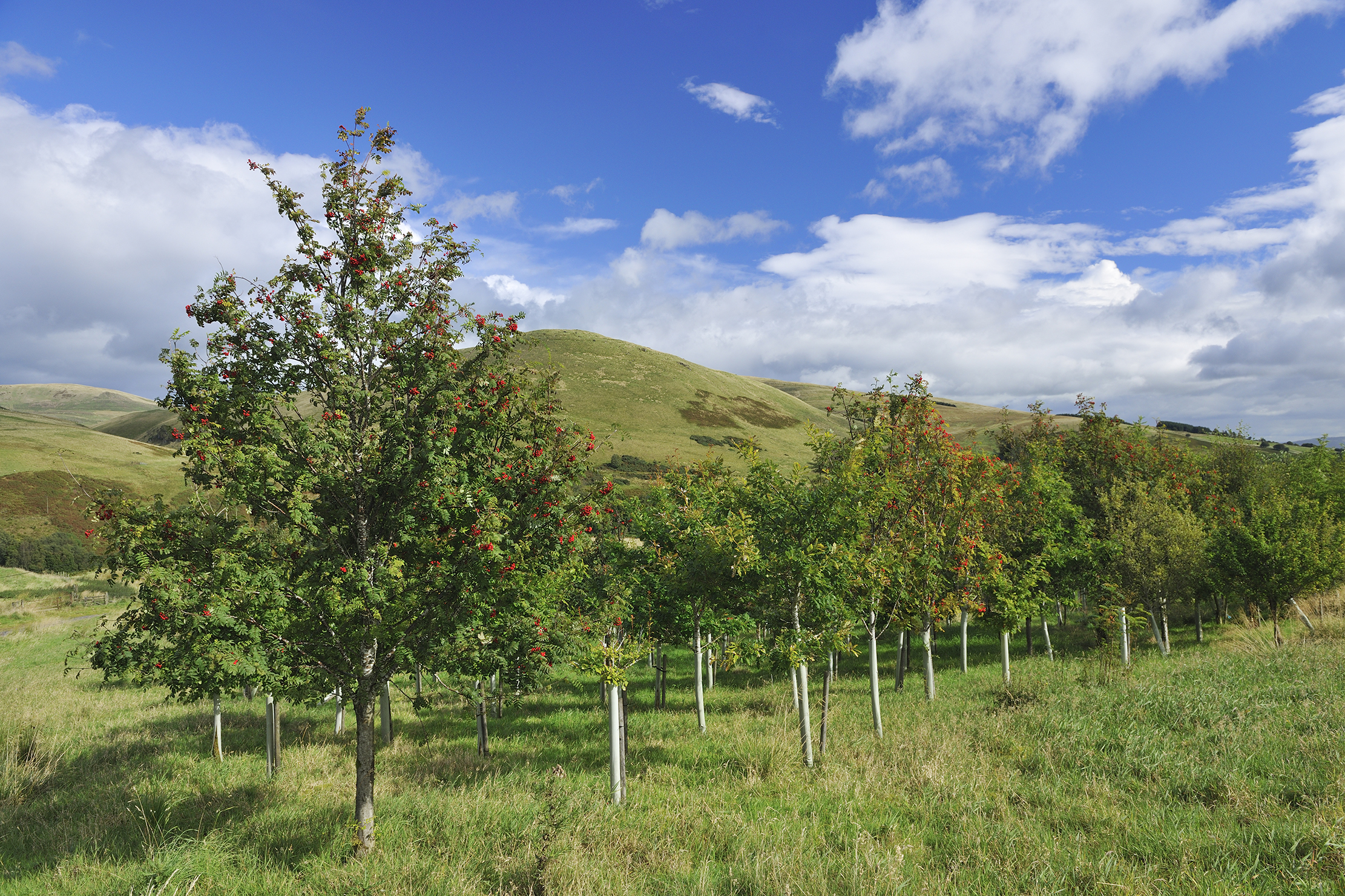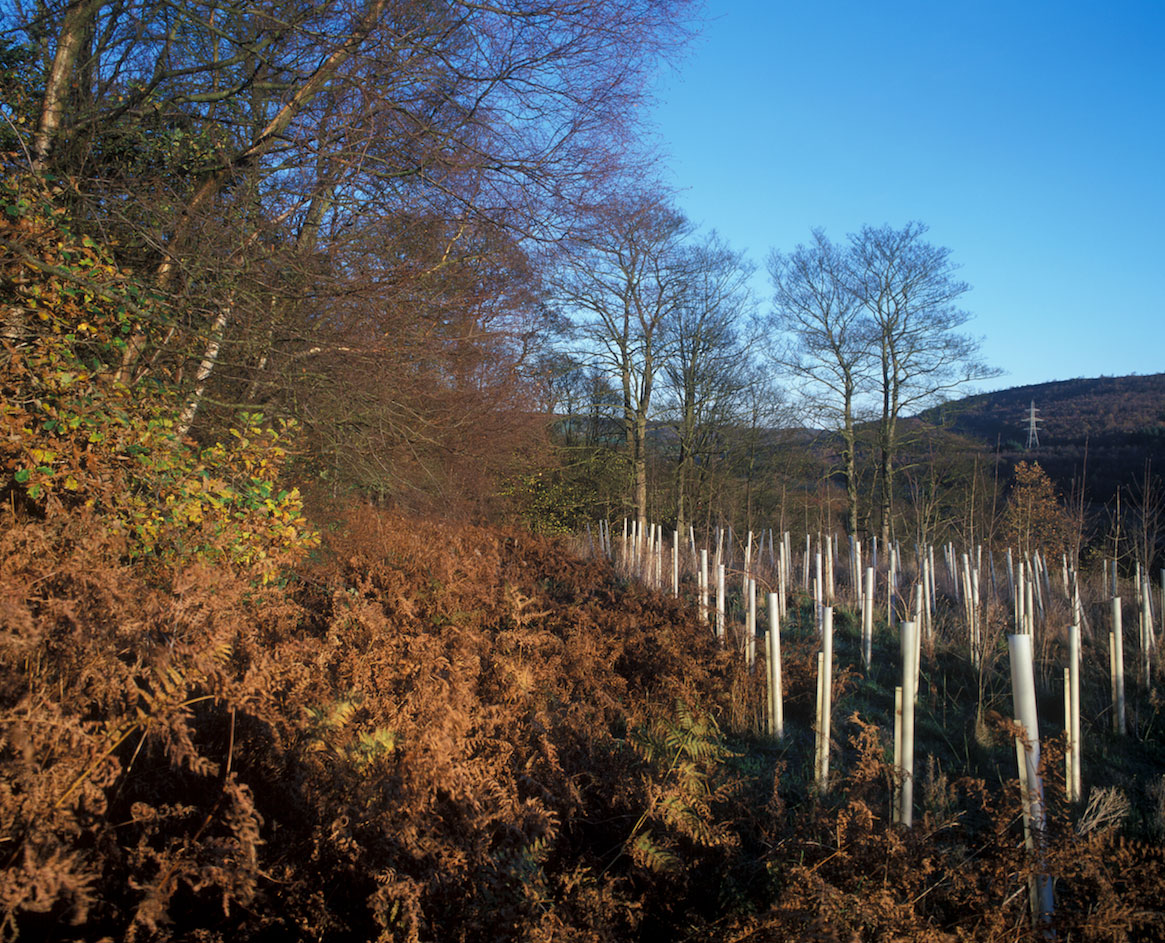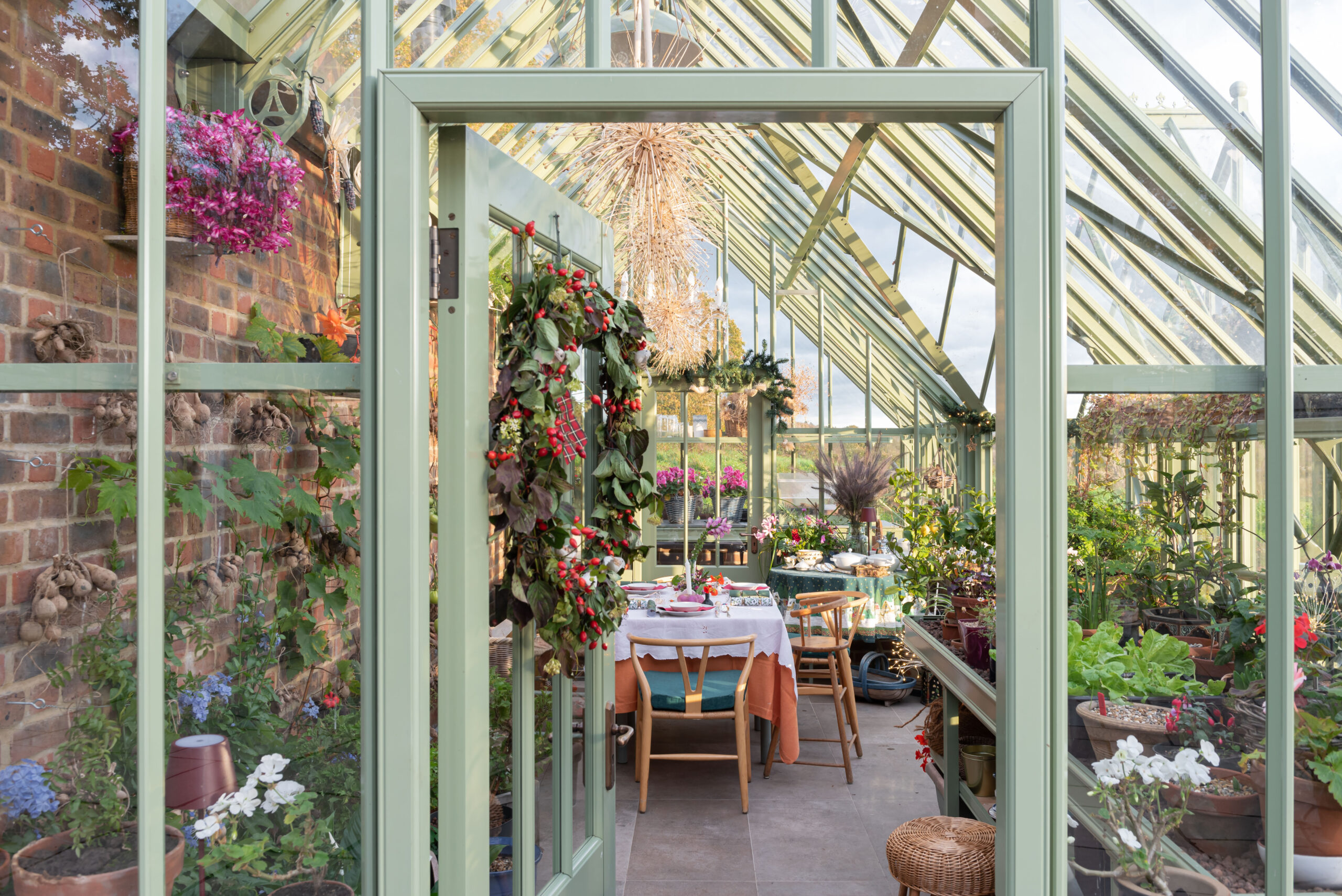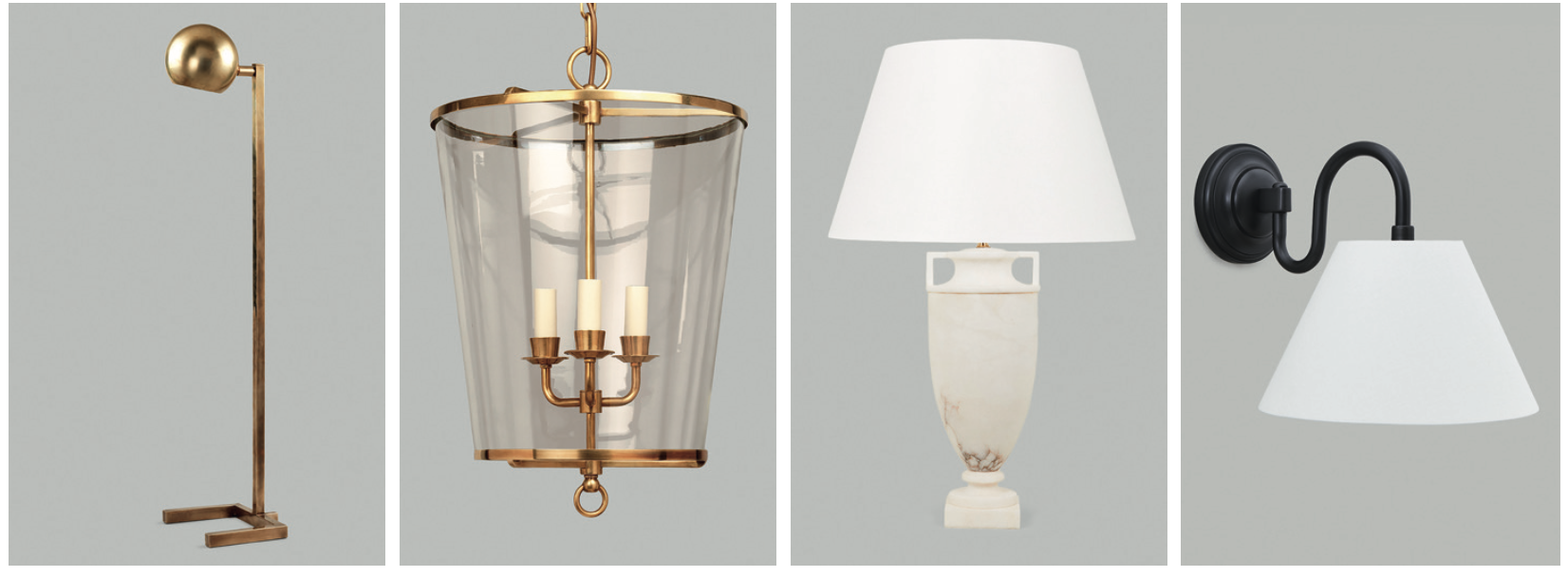How woods and hedges will transform your land, the countryside and the lives of future generations
What are the advantages of planting trees?

What are the advantages of planting trees?
Planting a single tree has benefits for people, wildlife and the environment. Those benefits vastly increase when planting a whole woodland. Trees and woods have so much to offer; they can improve productivity, save money and boost your land’s resilience, while at the same time benefiting the environment. The Woodland Trust has two exciting initiatives to help you get planting: MOREwoods and MOREhedges.
The Woodland Trust has seen a dramatic increase in interest around planting trees as a result of the climate emergency that was announced in 2019.
As a result, the Woodland Trust, with generous funding from its partners Lloyds Bank and Bank of Scotland, are increasing the funding they have available to support landowners planting trees. Next winter, the Woodland Trust will fund double the number of trees through MOREwoods or MOREhedges than ever before.
How do trees benefit crops?
Trees can protect against droughts. A strategically planted row of trees (known as a shelter belt) helps to modify the crop microclimate by reducing wind speeds and evapotranspiration losses, preventing crops becoming water stressed. Shelterbelts, riparian planting and buffer strips can also improve water infiltration and help to mitigate flooding.
Nearly three million tonnes of topsoil are eroded in the UK every year. By strategically planting trees, farmers can build natural barriers to protect soil and crops from the full impact of strong winds and intense rainfall.
Trees and hedges provide important over-winter refuges, nesting sites, and pollen and nectar feeding sources for pollinators.
How do trees benefit livestock?
Trees planted for livestock provide shelter and shade to reduce heat stress in the summer and chill factor in the winter. This helps maintain animal welfare and increases productivity.
Planting trees as fodder for livestock can provide health benefits from browsing directly on native trees.
Trees can provide woodfuel as a crop. Mixed broadleaf coppice should provide about three tonnes of air-dried wood per hectare per year, while shelter around buildings can reduce heating costs by as much as 40 per cent.
Keep quality land in production and integrate trees in hard to work areas by planting in field corners or other areas that are difficult to access or graze.

How do trees benefit wildlife?
Native woods and trees are home to thousands of native species, many of which are in decline. Planting more woods and trees creates more spaces for wildlife and makes our landscapes more resilient to change.
How do trees address the challenges of climate change?
Planting more trees is an important part of the climate change solution. Trees are the ultimate carbon capture and storage machines. Woodlands absorb atmospheric carbon and lock it up for centuries.
MOREwoods
If you have more than 0.5 hectares (1.25 acres) which is the space to plant a minimum of 500 trees, MOREwoods is perfect for you. Whether you want to plant a shelterbelt or harvest your own woodfuel, the Woodland Trust can provide tailored advice on what to plant, including:
- Help to design your woodland and select the most appropriate species mix
- A dedicated project officer who’ll help guide your application from start to finish
- Delivery of your trees and tree protection to suit you
- Up to 75% of the costs subsidised if you plant trees yourself. If you would like a contractor to plant the trees and provide a weeding service for the first two years, 60% of the costs will be funded (this option is available in England, Wales & Northern Ireland to anyone planting over one hectare. No obligation advice and support is available even if you then decide not to plant).
MOREhedges
The Woodland Trust can help with funding if you want to plant 100m or more of new or existing hedgerows on your land. They will provide:
- A standard hedgerow mix of shrub species such as hawthorn, blackthorn, crab apple, dogwood, dog rose, elder, field maple
- Your choice of tree species for full height trees
- Appropriate protection: spirals, canes, tubes and stakes
- Up to 75% of the cost can be subsidised if you plant more than 100 metres of new hedging with a large tree growing through every six metres.
MOREwoods is funded by:

Sign up for the Country Life Newsletter
Exquisite houses, the beauty of Nature, and how to get the most from your life, straight to your inbox.
-
 Helicopters, fridges and Gianni Agnelli: How the humble Fiat Panda became a desirable, design classic
Helicopters, fridges and Gianni Agnelli: How the humble Fiat Panda became a desirable, design classicGianni Agnelli's Fiat Panda 4x4 Trekking is currently for sale with RM Sotheby's.
By Simon Mills
-
 What's a 'wellness village' and will it tempt you back into the office?
What's a 'wellness village' and will it tempt you back into the office?The team behind London's first mixed-use ‘wellness village’ says it has the magic formula for tempting workers back into offices.
By Annunciata Elwes
-
 Jewels of the Mediterranean: Luxury multi-generational villa holidays
Jewels of the Mediterranean: Luxury multi-generational villa holidaysThe Thinking Traveller have some of the finest villas in the Mediterranean on their books for multi-generational holidays. Here are just a few of the highlights.
By The Thinking Traveller
-
 Code8: Beauty on Burlington Arcade
Code8: Beauty on Burlington ArcadeCome along Burlington Arcade with Hetty Lintell to visit beauty gurus Code8, and try their new Day To Night Foundation.
By Code8
-
 The gift of growing
The gift of growingEntirely built to suit your needs, a bespoke Alitex greenhouse not only helps you nurture flowers and vegetables, but also offers a tranquil retreat from the pressures of daily life.
By Alitex
-
 The ultimate Canadian train journey
The ultimate Canadian train journeyExperience the spectacular scenery of the Canadian Rockies onboard the luxury and top-tier service of Rocky Mountaineer.
By allantaylor
-
 Diamonds are a man’s best friend
Diamonds are a man’s best friendMale interest in jewellery is on the rise, with gypsy and signet rings proving especially popular, according to renowned jeweller Hancocks.
By Hancocks London
-
 The Art of Lighting: Four of Britain's top designers share their best tips for choosing lighting
The Art of Lighting: Four of Britain's top designers share their best tips for choosing lightingAt a recent panel discussion hosted at Vaughan’s London showroom during Focus/24, interior designers Emma Pocock and Sarah Peake, lighting designer Jo Mann of Lighthouse Designs and Richard Smith of Vaughan shared their top 10 tips on choosing lighting.
By Vaughan
-
 The beauty of bespoke: A journey with Julia Lloyd George
The beauty of bespoke: A journey with Julia Lloyd GeorgeGoing bespoke with Julia Lloyd George means getting not just a piece of jewellery, but a lifelong treasure.
By Julia Lloyd George
-
 Hancocks: Sparkle of genius
Hancocks: Sparkle of geniusHistoric jewellery firm Hancocks, now in its new St James’s home, specialises in old-cut diamonds pieces that gleam and turn heads even in low light.
By Hancocks London
